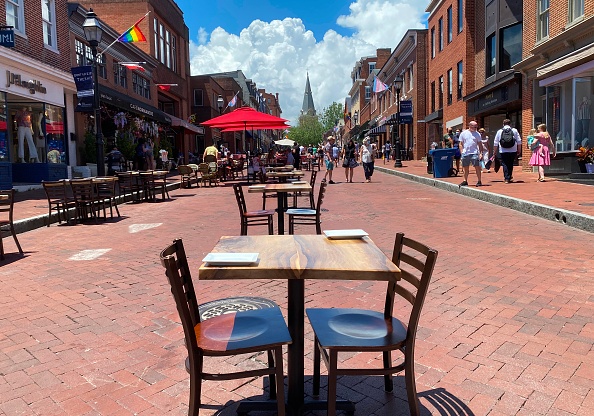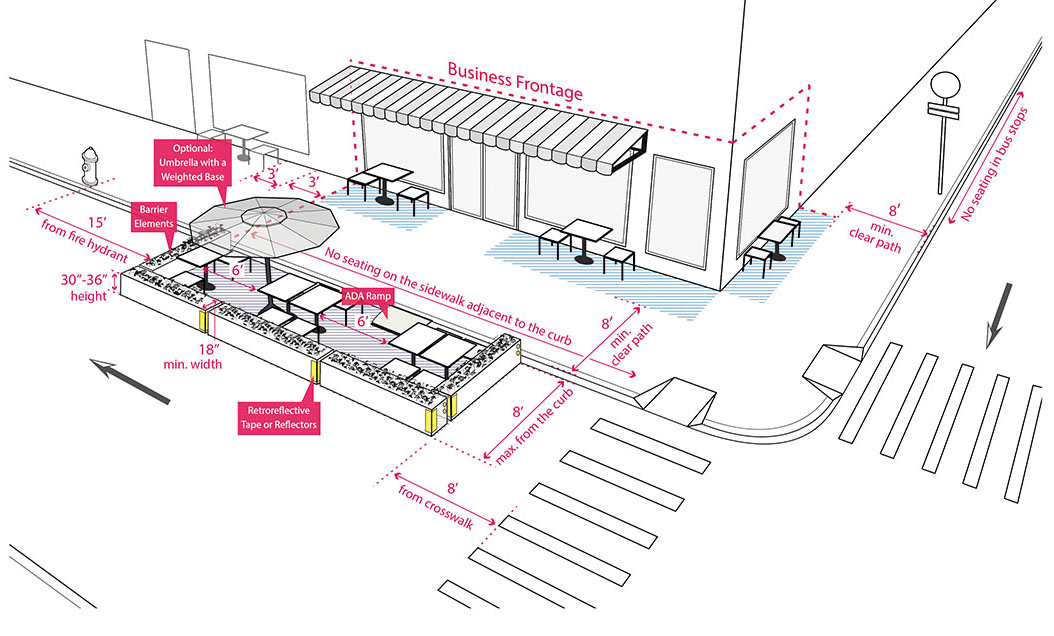During the initial stages of the COVID-19 pandemic, most restaurants and other dining facilities were shut down to contain the spread of the SARS-CoV-2 virus. By July 2020, however, indoor dining once again became an option for many restaurant-goers, yet evidence strongly suggests that the virus spreads through microdroplets, called aerosols, that can linger in the air for some time. In fact, one microdroplet five micrometers in diameter can travel tens of meters before landing on the ground. Indoor dining patrons—especially in the United States, where new COVID-19 cases are still emerging in the tens of thousands—clearly have cause for concern. See also: Aerosol; Coronavirus; Epidemic; Infectious disease; Novel coronavirus is declared a global pandemic; Virus

What can restaurant owners do to maintain public health and safety during this pandemic? According to the U.S. Centers for Disease Control and Prevention (CDC), the lowest-risk restaurant dining experience is outdoor seating, with natural ventilation and tables spaced at least 1.8 meters (6 feet) apart. Increased risk for contracting the virus occurs with indoor dining, particularly when reduced seating capacity and table spacing guidelines are not followed. To make dining as safe and enjoyable as possible during the pandemic, design and architecture firms are implementing outdoor dining solutions to limit virus exposure. In addition to spacing guidelines, common design elements include protective barriers between seating arrangements, hand-sanitation stations, fans, and lighting fixtures, as well as umbrellas and awnings for sun and rain protection. The Rockwell Group and the NYC Hospitality Alliance have developed a modular outdoor dining system, called the DineOut Tool Kit, that can be downloaded and used free of charge. Meanwhile, in Amsterdam, the Mediamatic arts center has set up glass-paned greenhouses outside its restaurant, each of which seats two people. See also: Antimicrobial agents; Greenhouse; Ventilation

If aerosols are indeed transmitting the novel coronavirus, the CDC’s physical-distancing guidelines may be falling short by a meter (3.3 feet) or more. Individuals who are uncomfortable with outdoor dining, despite the spacing and natural ventilation it provides, may prefer the safer alternatives of take-away, curb-side pickup, and home delivery.





